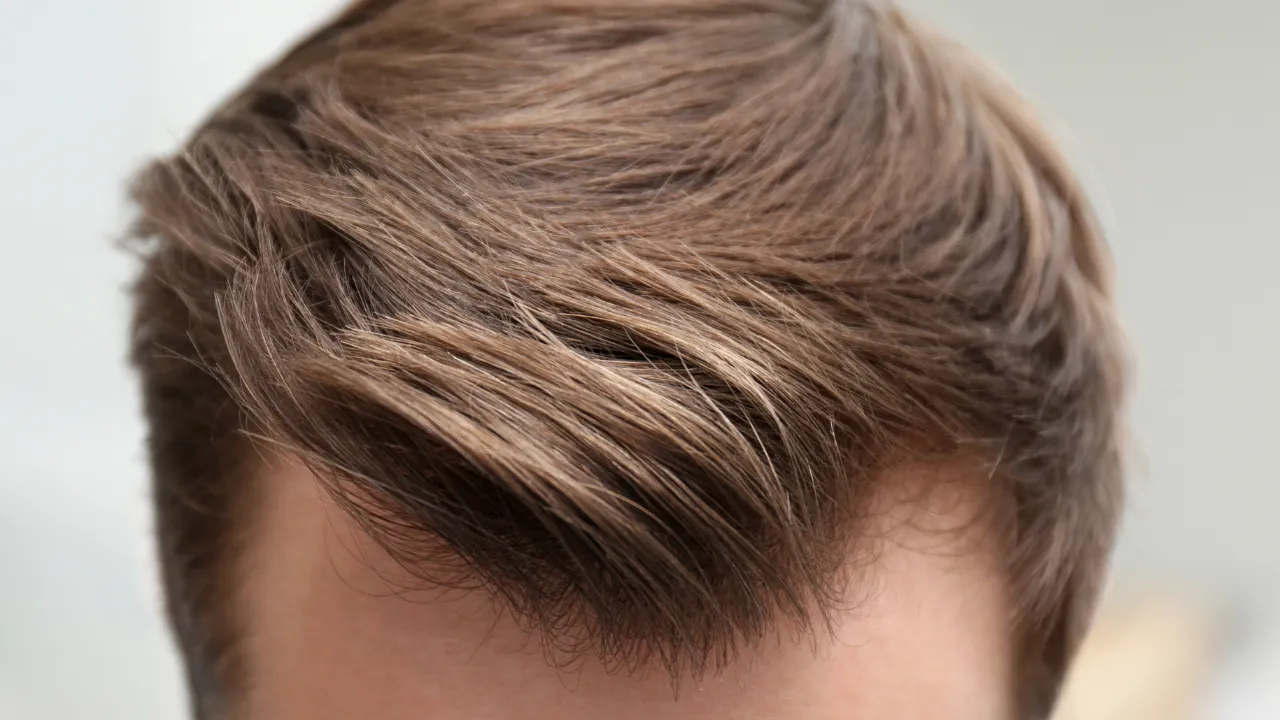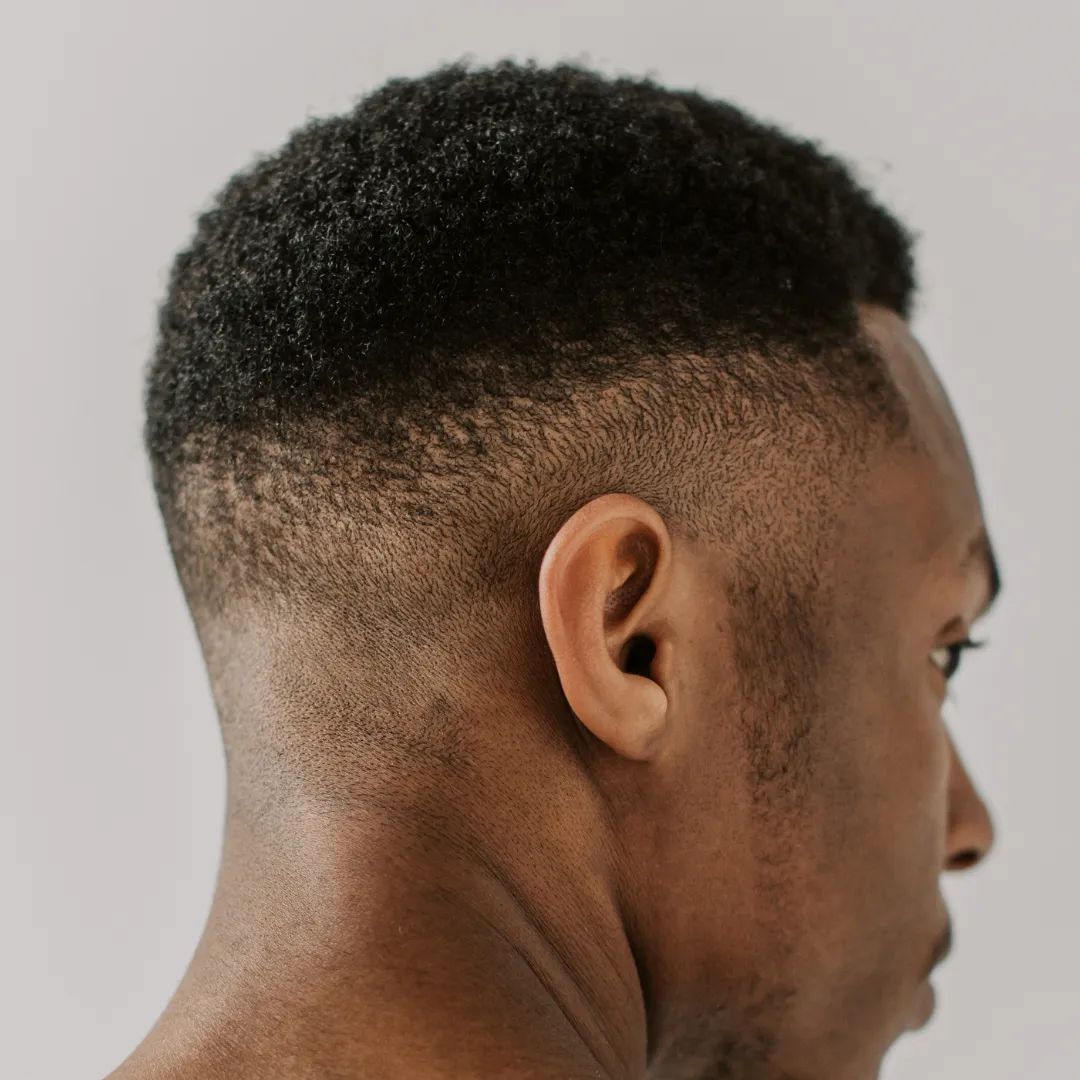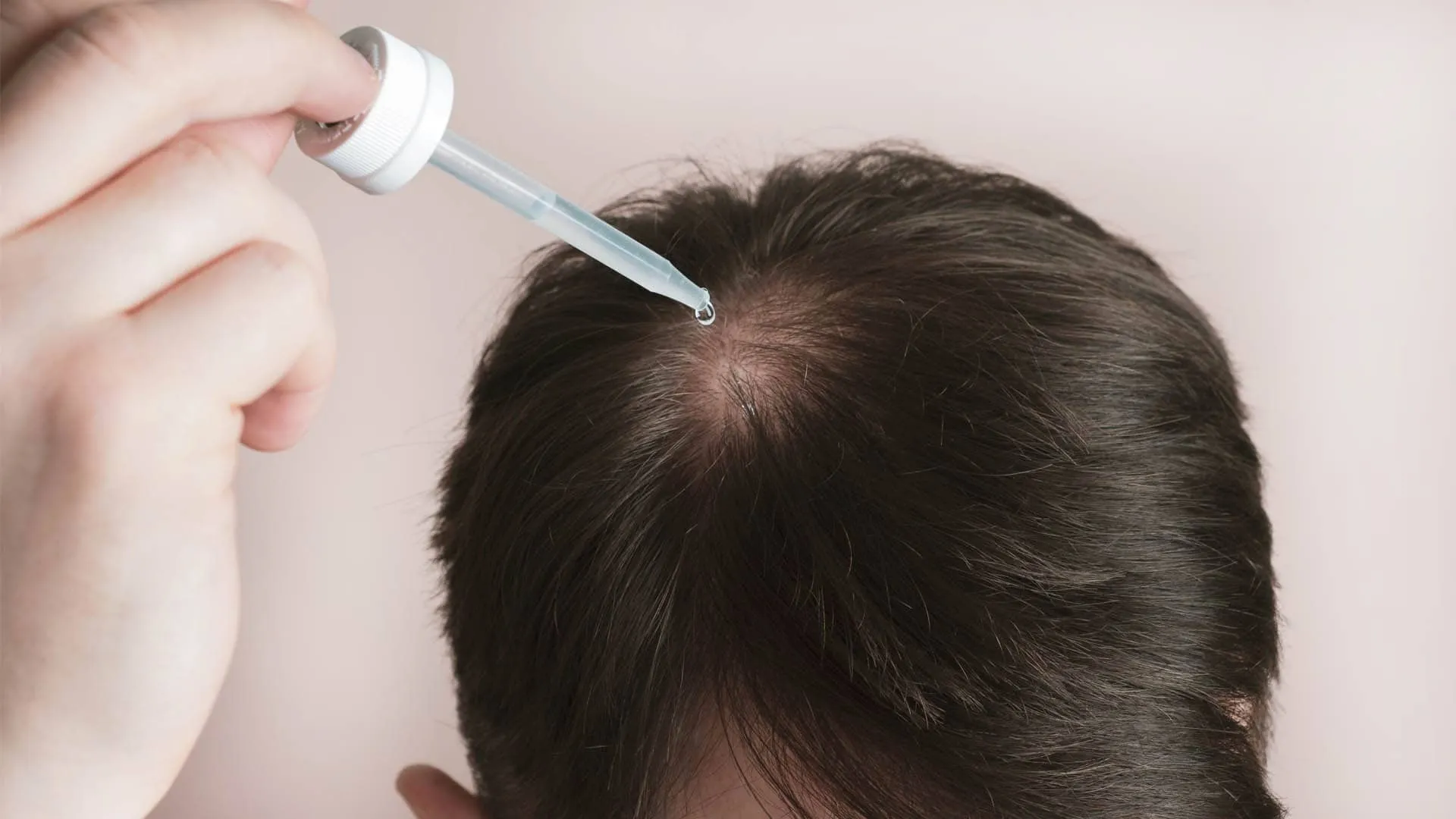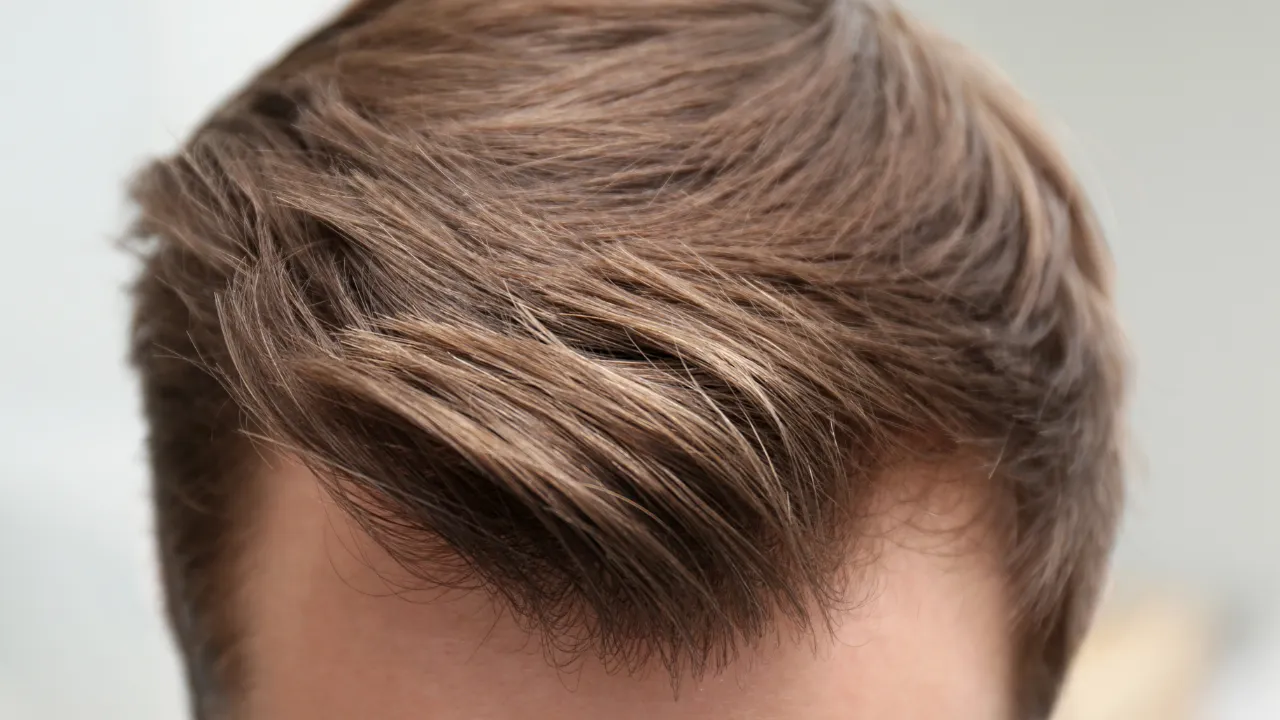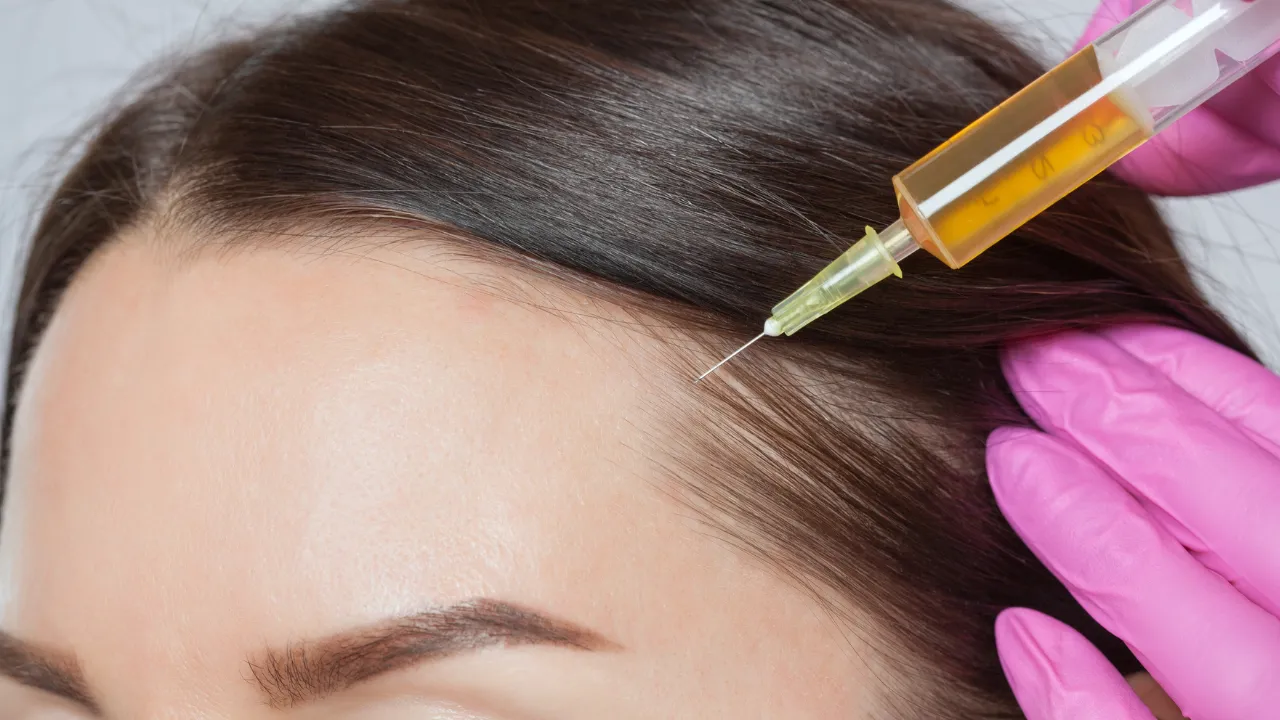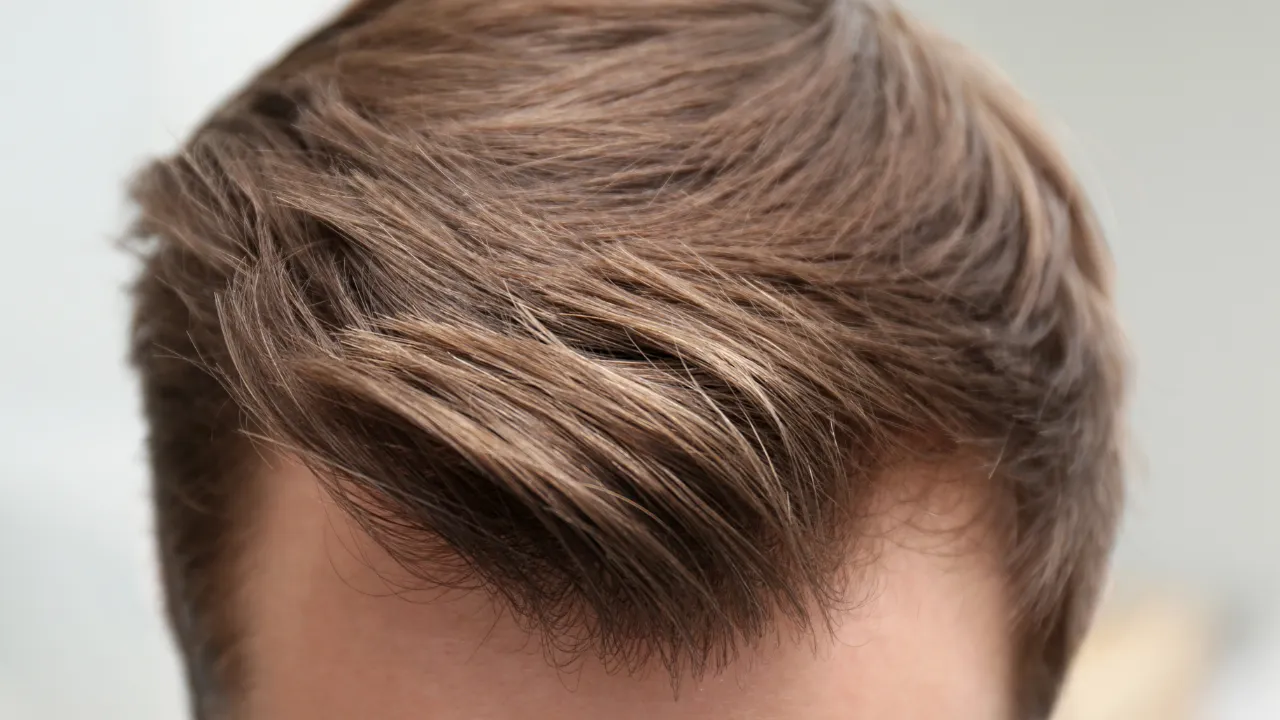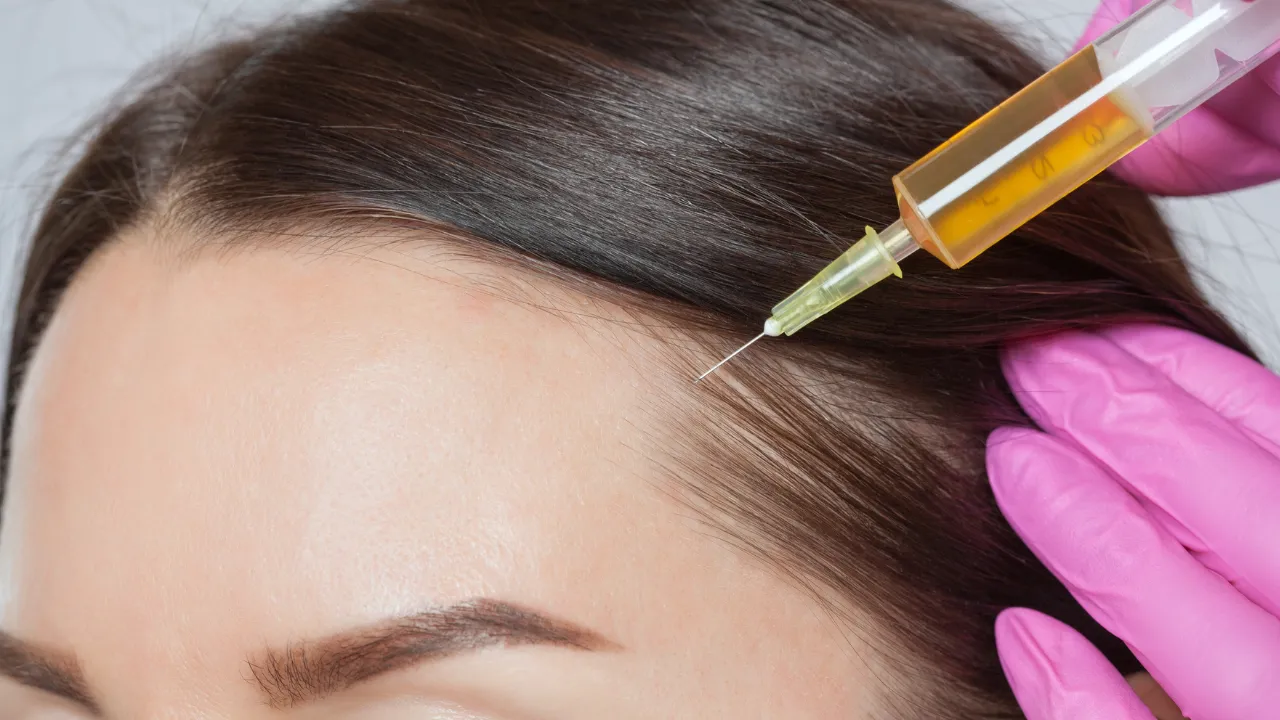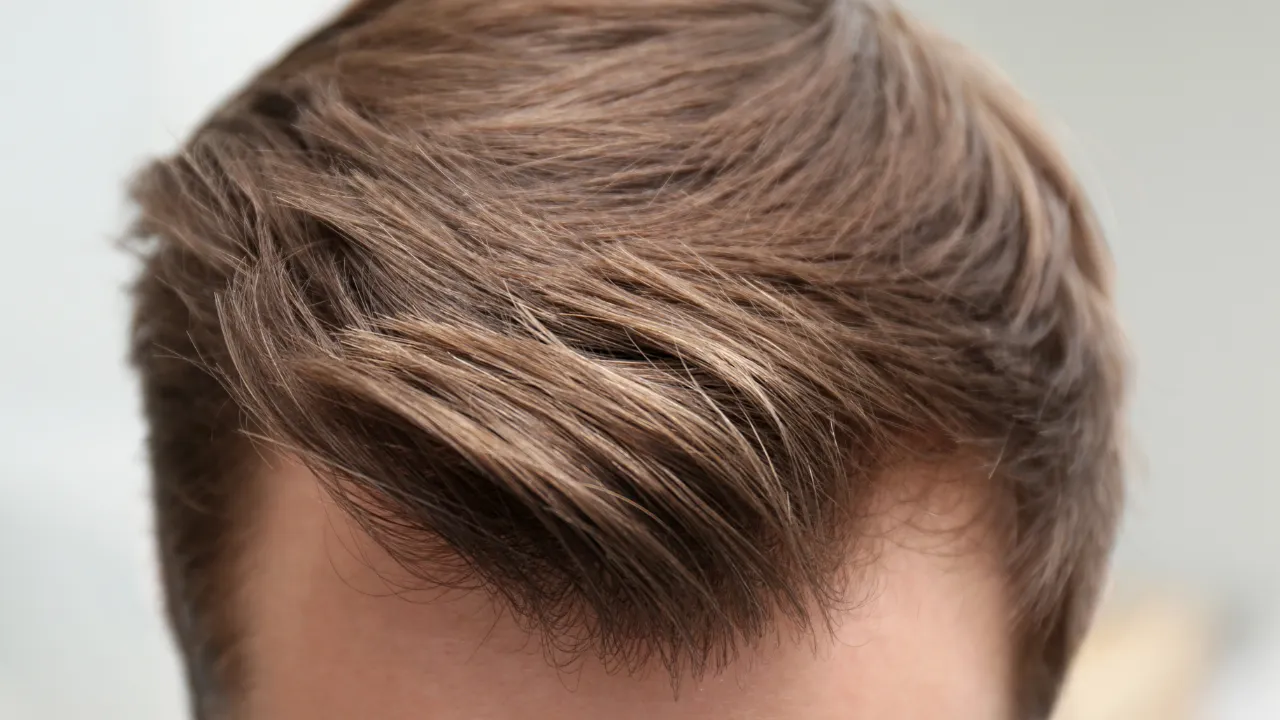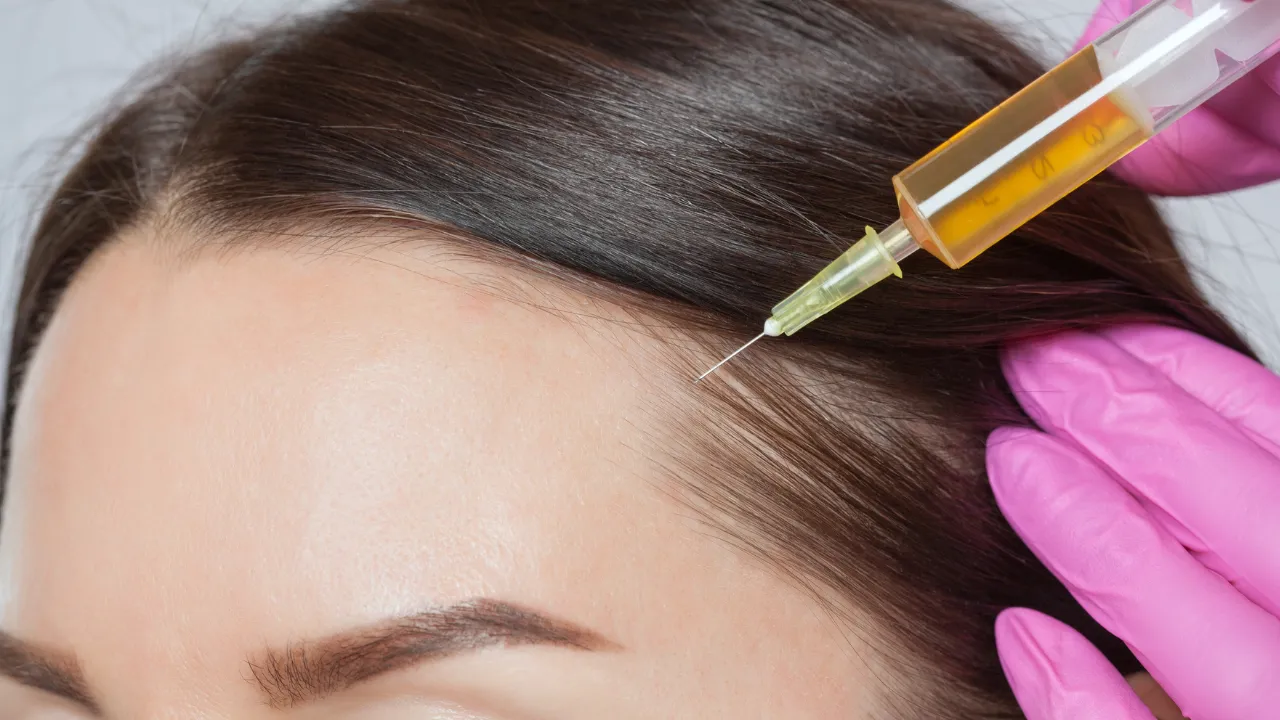Patients across the U.S.—especially those looking for forehead reduction in Miami or hairline lowering in Miami—seek out top surgeons for this cosmetic procedure. While Miami is a popular location, patients often choose Dr. Kopelman in NYC for his surgical expertise and natural results.
For those unhappy with a high forehead or receding hairline, hairline lowering surgery, also known as forehead reduction, offers a permanent solution. This surgical procedure effectively reduces the height of the forehead by bringing the hairline forward, creating a more balanced and aesthetically pleasing appearance. In this article, we’ll explore how hairline lowering surgery works, the steps involved, and what you can expect from this transformative procedure.
Posted on
A good candidate for hairline advancement surgery is someone who feels their forehead is too high or their hairline is receding and desires a more proportionate facial appearance.
Ideal candidates are in good overall health, have sufficient scalp laxity (flexibility of the skin), and realistic expectations about the results.
In particular, male hairline lowering surgery is recommended for men with stable hairlines, good scalp laxity, and realistic expectations about scarring and long-term hair growth patterns.
This procedure is often suitable for women and men who do not have significant hair loss or thinning at the front of the scalp. A consultation with a skilled surgeon like Dr. Kopelman can help determine if this surgery is the right choice for you.
Some patients with extensive hair loss may benefit more from scalp reduction surgery, which removes bald scalp areas to bring hair-bearing regions closer together. However, this is different from hairline lowering, which is better suited for patients with a naturally high forehead and minimal frontal hair loss.
It’s also important to understand how FUE hairline lowering compares to surgical hairline advancement. FUE (Follicular Unit Extraction) involves transplanting hair follicles to reshape the hairline, while hairline lowering surgery physically moves the hairline forward. The best choice depends on your goals and hair density.
Patients who’ve undergone forehead reduction in Miami or New York often report higher confidence and facial balance after recovery.


Yes, there is a surgery specifically designed to fix or lower your hairline, known as hairline lowering surgery or forehead reduction surgery.
This procedure is aimed at reducing the height of the forehead by moving the hairline forward, creating a more balanced and proportionate facial appearance. It's often chosen by individuals who feel their forehead is too high or their hairline is receding.
The surgery is typically done under local anesthesia and involves making an incision along the hairline, removing a small amount of skin from the forehead, and then repositioning the hairline lower on the forehead. This results in a more natural and aesthetically pleasing hairline.
For those considering this surgery, a consultation with a skilled surgeon like Dr. Kopelman can help determine if it's the right option based on individual needs and goals.
Hairline lowering surgery with Dr. Kopelman is generally well-tolerated, with little to no pain during the procedure due to local anesthesia and sedation.
Post-surgery, patients may experience mild discomfort, tenderness, or tightness, which typically subsides within a few days to a week and can be managed with prescribed medications.
Recovery is usually smooth, allowing most patients to resume normal activities within a week, though strenuous activities should be avoided for a bit longer. Overall, the procedure is not considered highly painful, especially with Dr. Kopelman's expert care and proper post-operative management.
Forehead surgery carries some risks, but it is generally safe when done by an experienced surgeon. Common risks include scarring along the hairline, which usually fades and can be concealed by hair.
There's a small risk of infection, temporary numbness around the forehead, and minor bleeding or swelling, which typically resolve on their own.
Rarely, hairline irregularities or hair loss near the incision site may occur. Overall, with proper care and a skilled surgeon like Dr. Kopelman, the procedure is considered low-risk, and careful planning helps ensure a safe and successful outcome.
Yes, forehead reduction or hairline lowering surgery does leave a scar, as it involves making an incision along the hairline.
However, a skilled surgeon like Dr. Kopelman will carefully place the incision to follow the natural contours of your hairline, making the scar less noticeable. Over time, the scar typically fades and can often be concealed by hair.
Additionally, proper post-operative care can help minimize the visibility of the scar and promote better healing.
Hairline lowering surgery is an effective solution for reducing a high forehead or correcting a receding hairline, offering a more balanced appearance.
The procedure is generally well-tolerated with minimal pain and leaves a scar that typically fades over time. Costs range from $15,000 to $20,000, making it a valuable investment for long-lasting results.
If you’re considering this surgery, a consultation with Dr. Kopelman can help determine if it’s the right choice for you, guiding you toward achieving your desired look.
